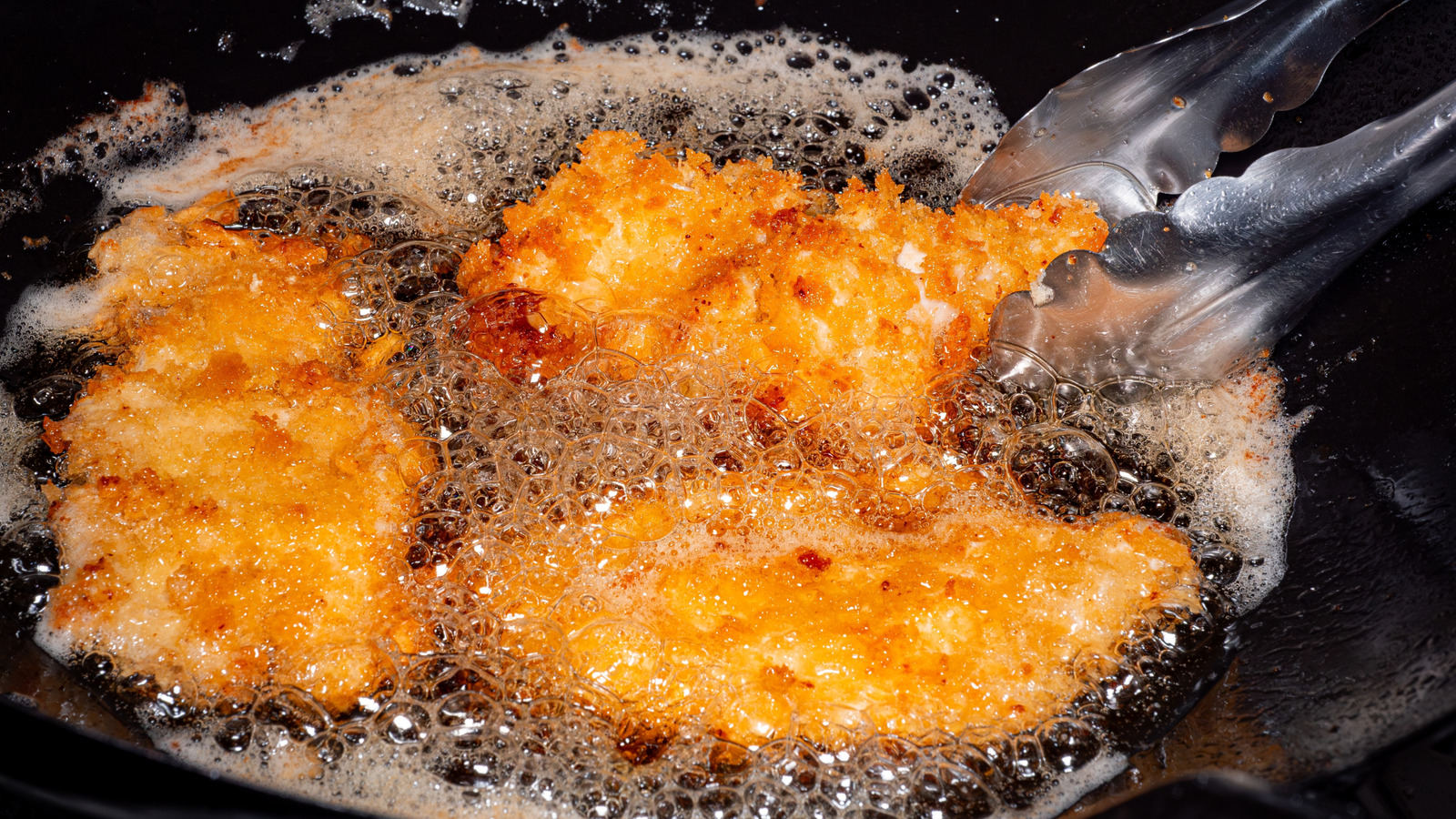
"If you think about what separates a great piece of fried chicken from a disappointing one, it has to be the crunch. A crispy, non-greasy coating is what every chicken restaurant prides itself on, and what is perhaps hardest to replicate at home. If you're struggling to get that perfect texture, make sure you're using a cast iron pan. The secret to frying chicken - or any food - is to keep the oil at a steady temperature."
"A dense cast iron pan is slow to heat up or cool down, and that's a good thing. This means the temperature won't fluctuate wildly when you add the chicken or with changes in temperature from your heat source. There's a bonus to frying chicken in cast iron: It helps to season your pan. Seasoning or maintaining the surface of cast iron usually requires adding a layer of oil then putting it in the oven."
A dense cast iron pan stabilizes oil temperature during frying, preventing wild fluctuations when chicken is added or heat changes, which helps create a crispy, non-greasy coating. Frying in cast iron also contributes to pan seasoning by combining heat and oil, avoiding separate oven seasoning steps. Letting dredged chicken rest 15–25 minutes at room temperature promotes even cooking and helps the coating adhere while staying within USDA safety limits. Choosing an oil with an appropriate smoke point matters more than flavor because frying temperature determines coating absorption and final crispness.
Read at Tasting Table
Unable to calculate read time
Collection
[
|
...
]